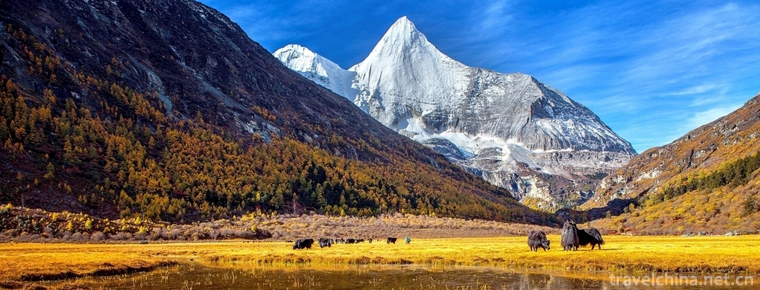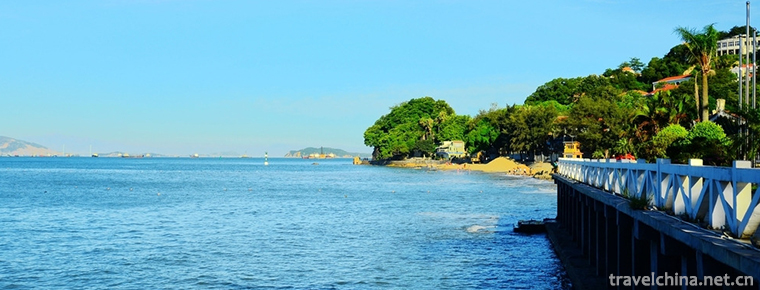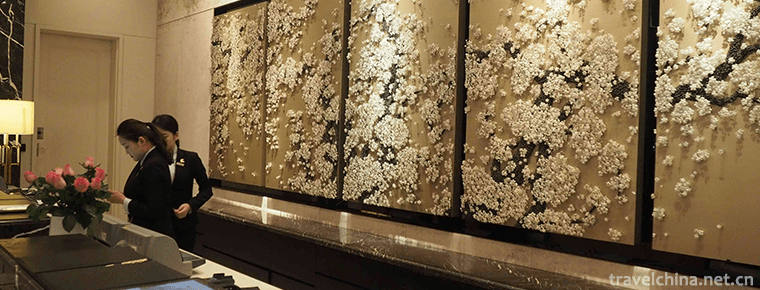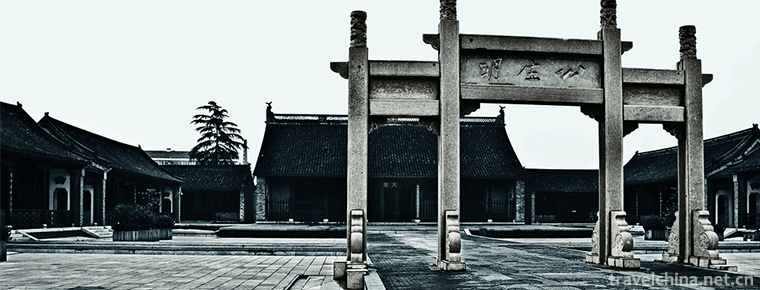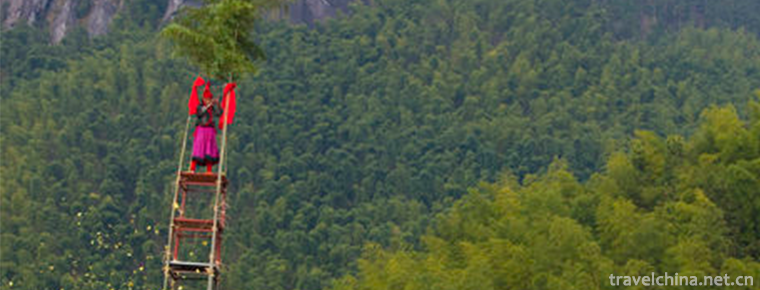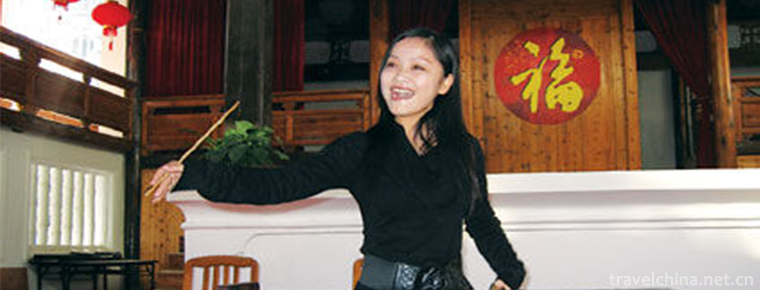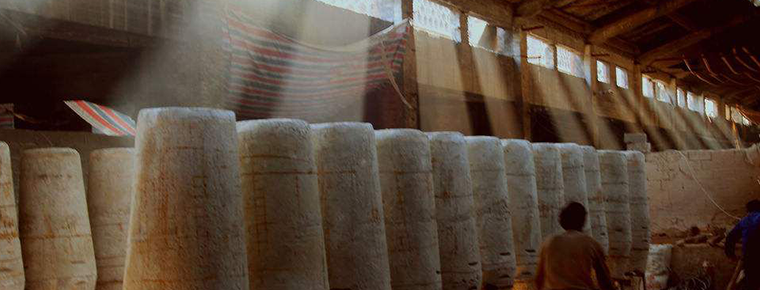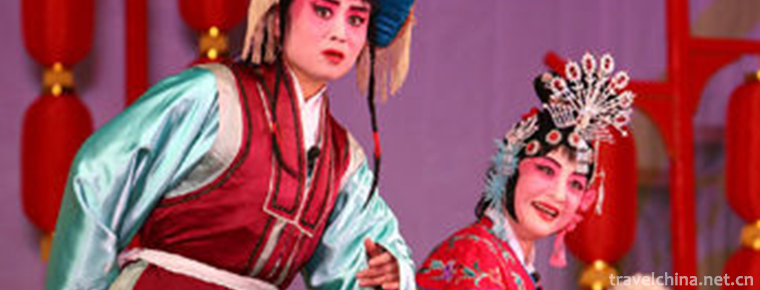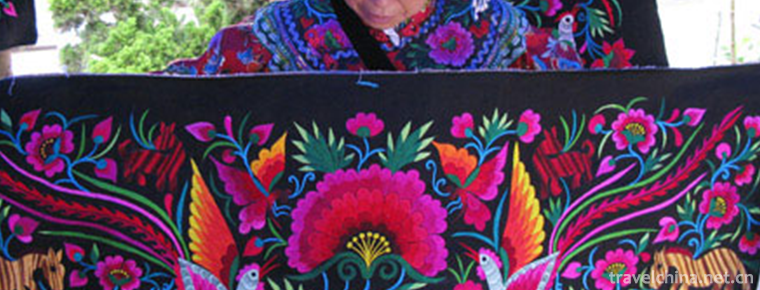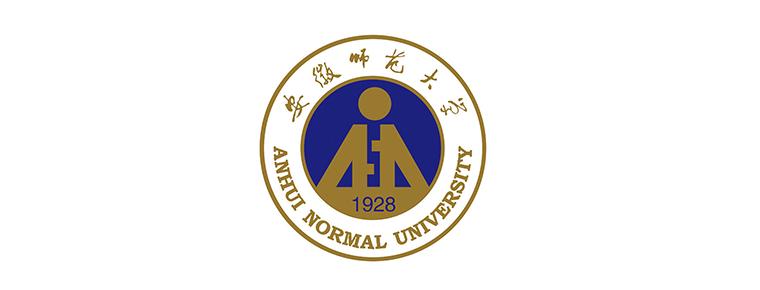Meng Lianggu Tourist Area
Meng Lianggu Tourist Area
Meng Lianggu Tourist Area is located at the junction of Mengyin County and Yinan County, Linyi City, Shandong Province. It belongs to the Mengshan Mountains System. It is said that Meng Liangzeng, a general of Yang Jiajun in the Song Dynasty, was stationed here, hence its name.
In May 1947, under the command of Chen Yi and Suyu, the Eastern China Field Army wiped out the elite Kuomintang troops, the integrated 74 divisions, and killed the division's head, Zhang Lingfu. Meng Lianggu became famous both at home and abroad.
The main scenic spots of Meng Lianggu Tourist Area are Meng Lianggu National Forest Park, Monument to Meng Lianggu Campaign and Monument to Meng Lianggu Campaign. Meng Lianggu National Forest Park covers an area of 800 hectares.
Meng Lianggu Scenic Area is now "one of the top ten scenic spots of red tourism in China", national AAAA level scenic spot, national patriotic education base and 100 classic scenic spots of red tourism in China.
geographical position
Meng Lianggu Tourist Area is located in Mengyin County, Linyi City, Shandong Province. In 1947, the Eastern China Field Army wiped out the 74 division of the Kuomintang's elite army and made Meng Lianggu famous at home and abroad.
Meng Lianggu is located at the junction of Mengyin County and Yinan County. It belongs to the Mengshan Mountain System. Its average altitude is about 400 meters. Its main peak is 575.2 meters above sea level and covers an area of 1.5 square kilometers. "Gu" is the local common name for the steep topography of the Fangshan Mountains. It is said that Meng Liang, the general of Yang Jiajun in the Song Dynasty, had stationed troops there. Although Meng Lianggu is one of the "72 Gu" in Yimeng Mountains, its mountain body is different from other limestone peaks and consists of granite. Granite mega-stones exposed in the upper part of the mountain, interdependent, constitute a natural stone shed. Although there is no cliff at the top, the mountain is steep.
Major attractions
The main scenic spots of Meng Lianggu Tourist Area are Meng Lianggu National Forest Park, Monument to Meng Lianggu Campaign and Monument to Meng Lianggu Campaign. Meng Lianggu National Forest Park covers an area of 800 hectares. On the main peak of Meng Lianggu, there is a Monument to Meng Lianggu's Campaign. Under the hill, there is a Monument to Meng Lianggu's Campaign. It is now a patriotic education base in Shandong Province. Meng Lianggu Forest Park was designated as a national forest park by the Ministry of Forestry in January 1992.
Monument
Meng Lianggu Campaign Monument is located at the top of Meng Lianggu Mountain in Meng Lianggu Tourist Area. It covers an area of 5000 square meters and has a building area of 100 square meters. It was built in 1984 to commemorate the famous "Meng Lianggu Campaign". The monument, 30 meters high, is made of three pieces of grey granite like bayonets, symbolizing the armed forces system of the field army, local army and militia. The base is a regular triangle with a side length of 20 meters and a height of 1.6 meters. It forms a butt of a gun, which symbolizes the emergence of power in the barrel of a gun. The butt of the gun is surrounded by a red fence, which symbolizes the garland beneath the mountains. The upper and lower parts of the monument constitute an organic whole, which symbolizes the victory of unity between the army and the people and the victory of the people's war. The front of the stele is inscribed with eight inscriptions written by Comrade Hu Yaobang: "Monument to the Meng Lianggu Campaign". On the East is inscribed with Marshal Chen Yi's poem "Chiang Kai-shek is bound to lose" and General Su Yu's inscription. On the west is inscribed with the inscriptions of Liu Shaoqi, Zhu De, Ye Jianying and other old proletarian revolutionists.
Memorial Hall
Meng Lianggu Campaign Memorial Hall is located in the Mausoleum of Meng Lianggu Martyrs, situated in the north and south, covering an area of 81,000 square meters and a building area of 3240 square meters. Three-tier structure. The first layer shows the background of the campaign; the second layer shows the campaign's history (including the former army); the third layer shows the role of the campaign (the turning point of Shandong's battle situation, the foundation of Huaihai battle, the forerunner of national liberation). There are five exhibition halls in the museum, namely the foyer, the battle hall, the branch lobby, the martyr hall and the double support hall. The front of the hall is the inscriptions of Mao Zedong, Deng Xiaoping and Jiang Zemin, the core of the three generations of leading collectives of the Central Committee of the Communist Party of China, and the large sand table of the Meng Lianggu Campaign. The Battle Hall, in chronological order, shows the course of the campaign, the battle sequence table of the East China Field Army and the offensive and obstructive situation of the participating troops. The front lobby of the branch shows the situation of Yimeng people before the branch. The Hall of Heroes shows the deeds of some heroes and battle heroes. Shuangyong Hall introduced the situation of Mengyin County going out of the mountain gate, carrying out the support of troops in different places and gaining the superior model counties in the whole country.
In front of the Memorial Hall of Meng Lianggu Campaign is a large granite sculpture of Marshal Chen Yi and General Suyu standing beside Ma. The statue is 7.75 meters high. The base is 2.75 meters high. The red granite is engraved with Marshal Chen Yi's long poem "The Battle of Meng Lianggu". The statues of the two generals are vivid, reproducing the brilliant image of the main commander of Meng Lianggu's Campaign at that time.
Cemetery of martyrs
Behind the Memorial Hall of Meng Liangfan Campaign is the Mausoleum of Meng Liangfan Martyrs. In the middle of the cemetery is the ashes of General Suyu, followed by the famous pagoda of martyrs. The pagoda is engraved with the names of more than 2800 martyrs who died in Meng Liangfan Campaign. The remains of more than 200 martyrs are buried in the cemetery.
National Forest Park
Meng Lianggu National Forest Park is located in Sun Zu Town, Yinan County, Shandong Province, which is the "hometown of Zhuge and Hongwei". The main peak of Meng Lianggu is 536 meters above sea level, with a total area of 658.8 hectares, accounting for 87% of the whole Meng Lianggu tourist area. It is the main battlefield and the main place where the campaign took place. After more than 30 years of afforestation and forestation, it has formed a forest regulation of 10,000 Mu composed of dried fruit forest and shelter forest. The main tree species are pine, locust, chestnut, Chiyang, pale bamboo, torch tree, maple and so on. Forest farm is a scenic forest tourist attraction with dense forests and grass and strange rocks. Meng Lianggu Forest Park was designated as a national forest park by the Ministry of Forestry in January 1992.
Tourism Information
Tickets: 50 yuan per person, Meng Lianggu Campaign Memorial Hall (30 yuan per person, with ID card to visit), Meng Lianggu Monument (30 yuan per person);
Opening Hours:
From 7:00 a.m. to 19:00 p.m., it takes about 1.5-3 hours to visit the whole scenic area.
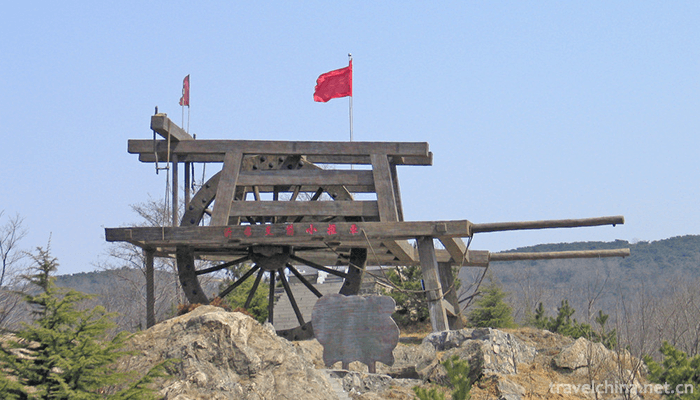
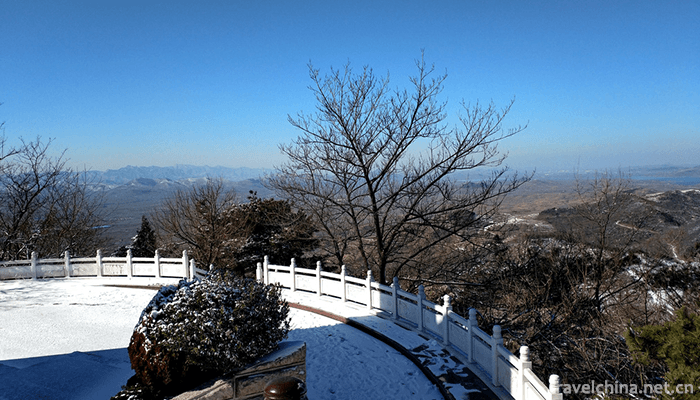
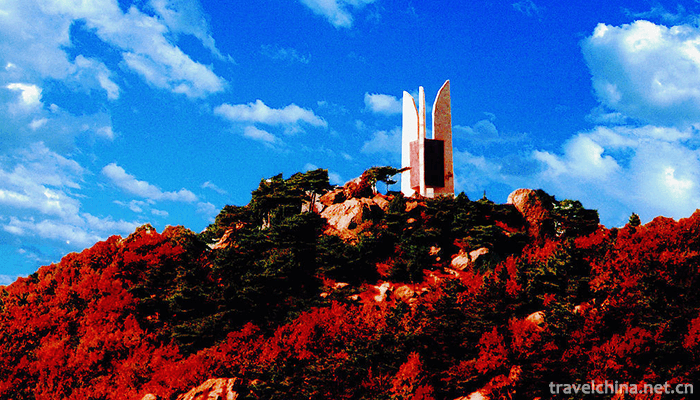
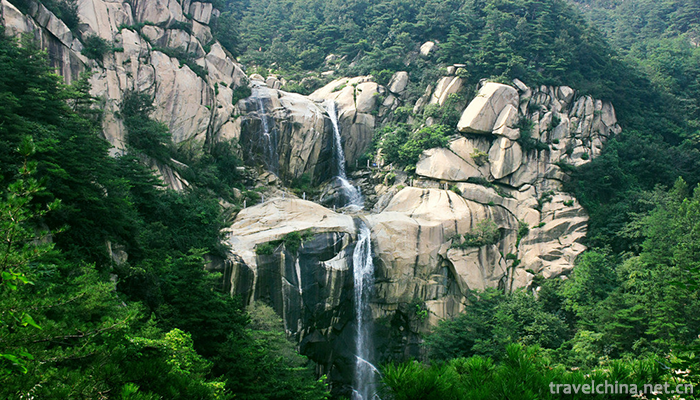
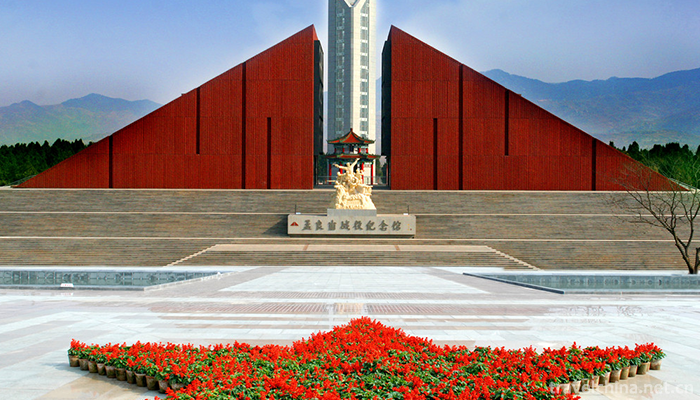
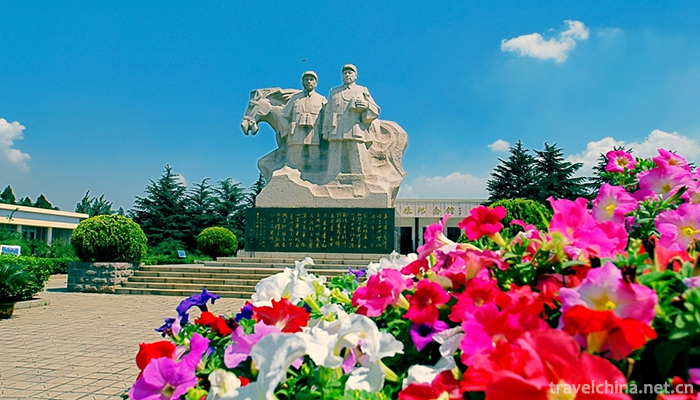
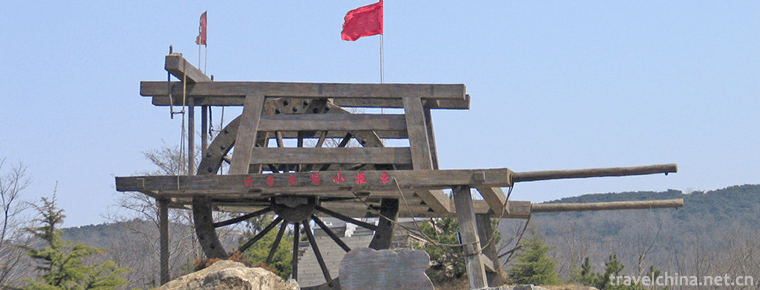
Meng Lianggu Tourist Area
-
Daocheng County
Daocheng county is located in the southwestern edge of Sichuan Province, south of Ganzi. Located in the southeast of the Qinghai Tibet Plateau, the eastern side of Hengduan Mountains.
Views: 128 Time 2018-10-12 -
KulangsuGulangyu Islet
Gulangyu, formerly known as "Yuanshazhou", alias "Yuanzhouzi", was appointed "Wulongyu" in the Southern Song Dynasty and renamed
Views: 163 Time 2018-11-11 -
Longting Hotel East China Sea Shenzhen
Langting's history can be traced back to 1865. The grand opening of Langting Hotel in central London, England, has become the first truly "luxury hotel" in European history, creating a brill
Views: 596 Time 2018-12-16 -
Conch Valley Scenic Area Hailuogou
Hailuogou is located in Moxi Town, Luding County, Sichuan Province, on the eastern slope of Gongga Mountain. It is a very high mountain area on the eastern edge of the Qinghai-Tibet Plateau. Located a
Views: 109 Time 2019-01-13 -
Huaian Government Office
Huai'an government office is located in Huai'an City, Jiangsu Province, which is a national AAAA tourist attraction. It is located in Dongmen Street, Huai'an District, the old city of Huai'an, north o
Views: 111 Time 2019-01-17 -
Turn over to the nine floor
The Ninth Floor, also known as the Ninth Floor, is a traditional folk activity popular in northeastern Fujian and southern Zhejiang. It is mostly used in rituals such
Views: 327 Time 2019-04-29 -
Fuzhou Reviews
Fuzhou dialect commentary is a unique traditional form of storytelling in Fuzhou dialect of Fujian Province, which is popular in Fuzhou, Fujian Hou, Yongtai, Changle, Lianjiang
Views: 147 Time 2019-04-30 -
Construction Techniques of Jingdezhen Traditional Porcelain Kiln Workshop
Jingdezhen traditional porcelain kiln workshop building skills, Jiangxi Province Jingdezhen local traditional ceramic industry building and building skills, one of the national intangible cultural her
Views: 112 Time 2019-05-08 -
a kind of local opera popular in Shandong Province
Liuqiang, a local traditional drama in Jimo City, Shandong Province, is one of the national intangible cultural heritage.
Views: 263 Time 2019-05-14 -
Suni embroidery of the Yi nationality
Sani embroidery is a unique technology with a long history. There are many kinds of flower picking techniques, such as picking, embroidering, filling, receiving, buttoning, single-sided picking and do
Views: 282 Time 2019-07-12 -
Anhui Normal University
Anhwei Normal University (Anhui Normal University), known as AHNU, is located in Anhui province. Wuhu City It was founded in 1928, and in the period of the Republic of China. National Anhui University
Views: 194 Time 2019-10-10 -
Main scenic spots in Meishan
Jiulongshan Forest Park is located in the southwest of Sichuan Province, in Yangchang Town, Danling County, Meishan City, about 20km away from Danling county. It covers an area of 380 hectares, including 100 hectares of core scenic area. The a
Views: 161 Time 2020-12-18
